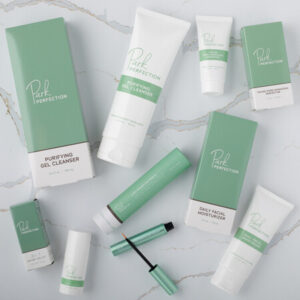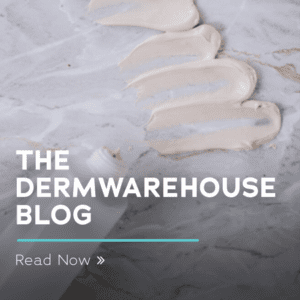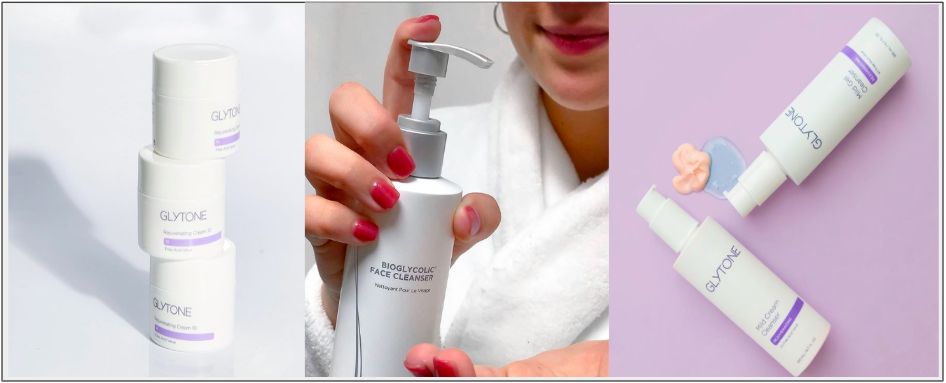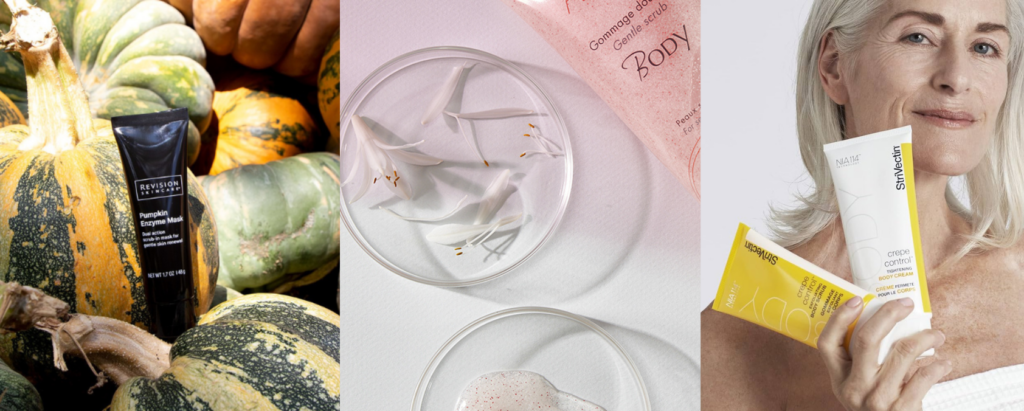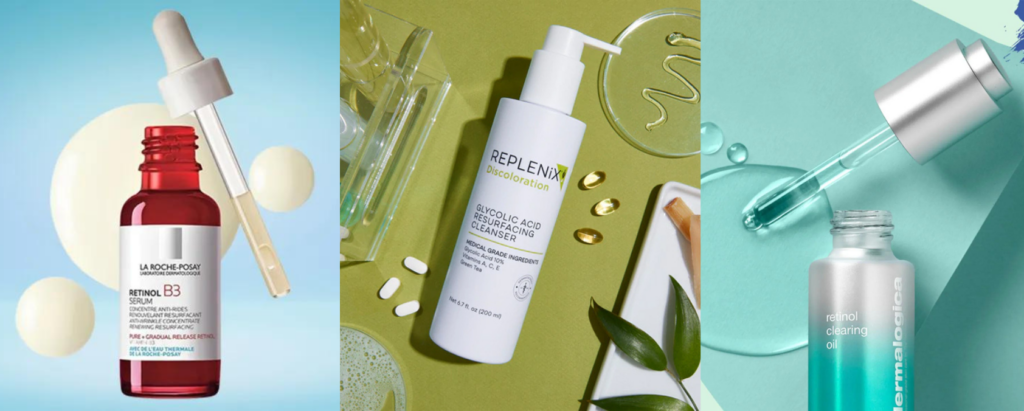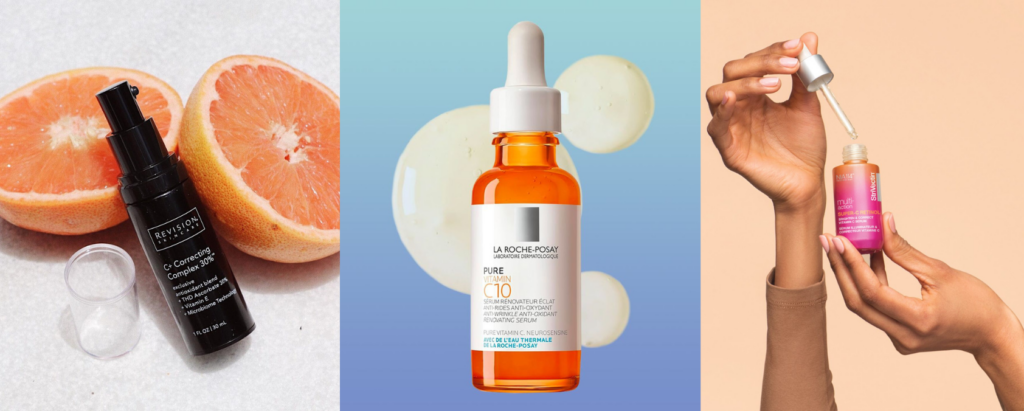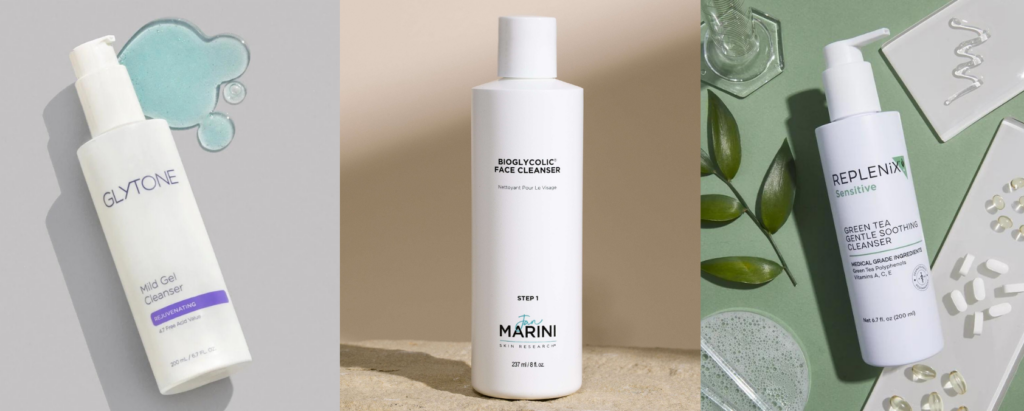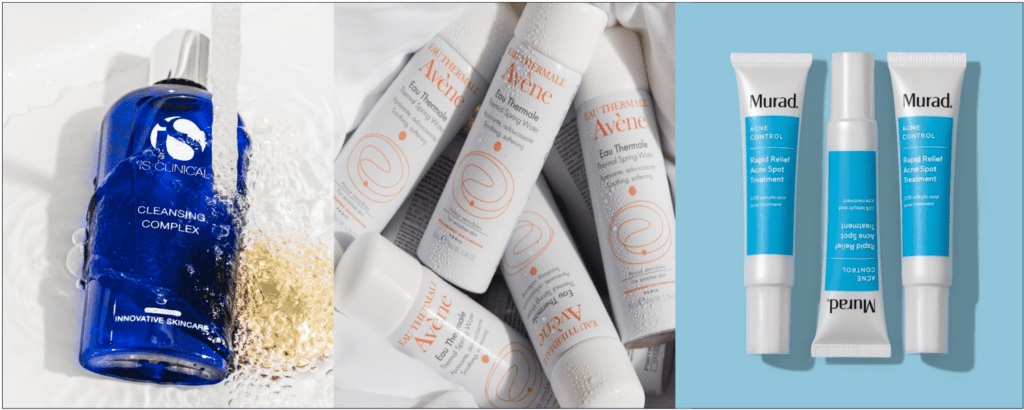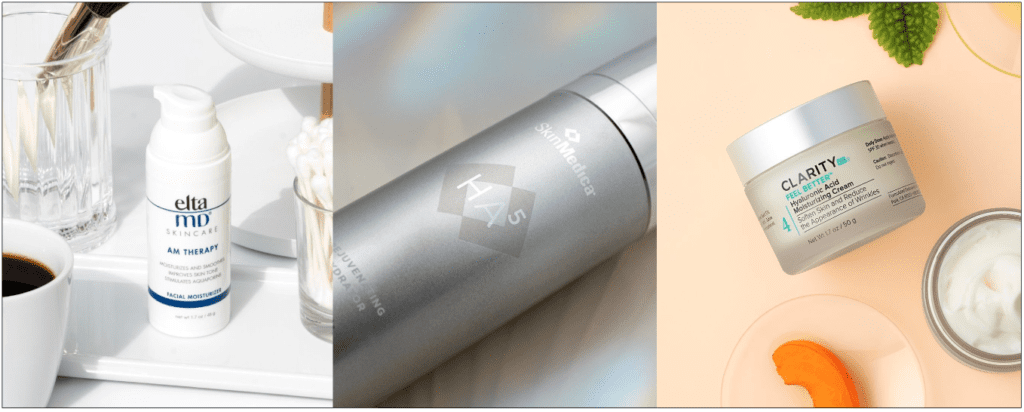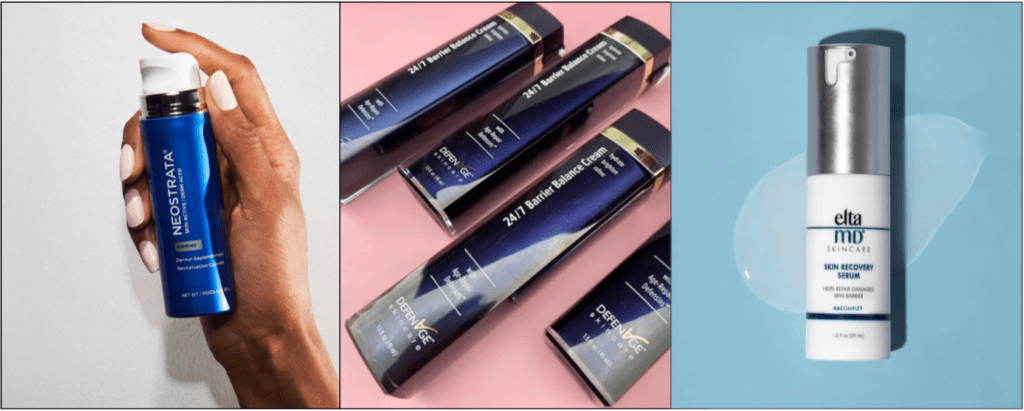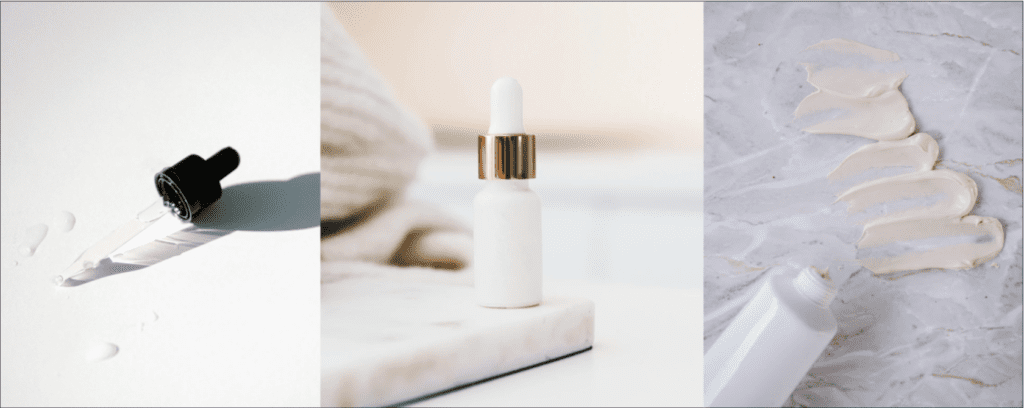It seems like there’s constantly a search in the skincare world for some sort of “magic” ingredient that will help clear our skin, reverse signs of aging and correct our skin tone and texture. When it comes to skincare products, a chemical exfoliant like glycolic acid is as close to magic as it gets.
What exactly is Glycolic Acid?
Glycolic acid is a type of alpha-hydroxy acid, a group of naturally derived substances commonly used and known as chemical exfoliants. Of all the alpha-hydroxy acids we know and love, Glycolic Acid has the simplest structure and is the smallest in molecular mass, allowing it to be easily penetrated into the pores and the deeper layers of the skin to work its exfoliating magic. Rather than physical exfoliants that physically scrubs off dead skin and oils, chemical exfoliants, like alpha-hydroxy acids and beta-hydroxy acids, work by breaking down the bonds between your damaged or dead skin cells with your healthy cells, thus causing the dead cells to break down and slough off. These acids then stimulate the production and regeneration of new, healthy cells, allowing your skin’s tone and texture to be renewed and corrected.
What skin concerns can Glycolic Acid help with?
Acne: As Glycolic Acid breaks the bonds between dead skin cells and new ones, it rids the skin of the dead skin, oil and dirt that clog pores. Research from this study has also found that glycolic acid has antibacterial properties, making it especially helping in clearing your skin of acne and inflammation.
Anti-Aging: Glycolic acid is also known to stimulate collagen production in the skin. Collagen is the most abundant protein our bodies, and one of its main jobs to keep our skin bouncy and firm. As we age, our bodies produce less collagen. Incorporating products and ingredients that promote collagen production, like glycolic acid, can help the skin to firm, tone and help eliminate wrinkles.
Texture: Glycolic acid speeds up the rate at which our skin cells turnover, causing the dead or inflamed cells to be replaced by newer cells faster and easier. Those dead skin cells that make your skin feel clogged and dull get replaced with shiny new ones faster with the help of glycolic acid.
How do I incorporate Glycolic Acid into my skincare routine?
When adding any new ingredient into your skincare routine, it’s important to first test the ingredient on your skin in small amounts. This will help ensure it doesn’t irritate your skin, especially if it’s sensitive.
A good way to gradually incorporate the product into your skincare routine is by using a cleanser with glycolic acid, such as Jan Marini’s Bioglycolic Face Cleanser or Glytone’s Mild Gel Cleanser. You can also incorporate glycolic acid into your routine with a cream or moisturizer, like Glytone’s Rejuvenating Cream 10, 15, 20.
As always, be sure to follow up with your exfoliation routine with sunscreen to protect your new, soft skin from the sun!

